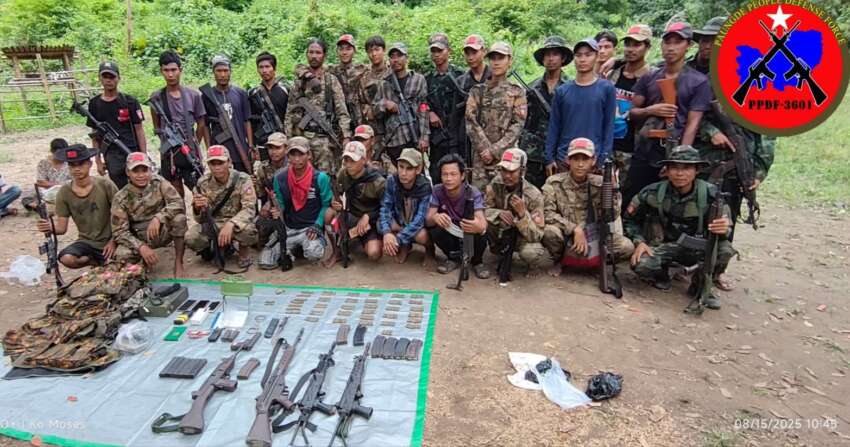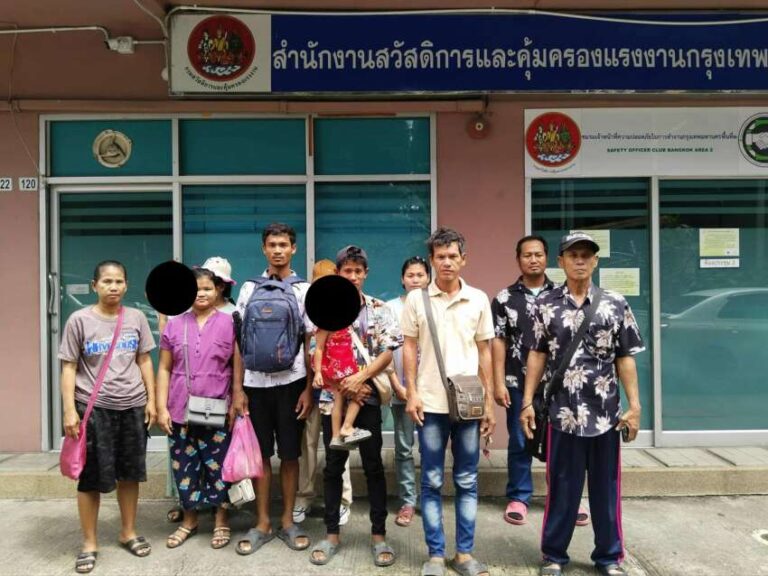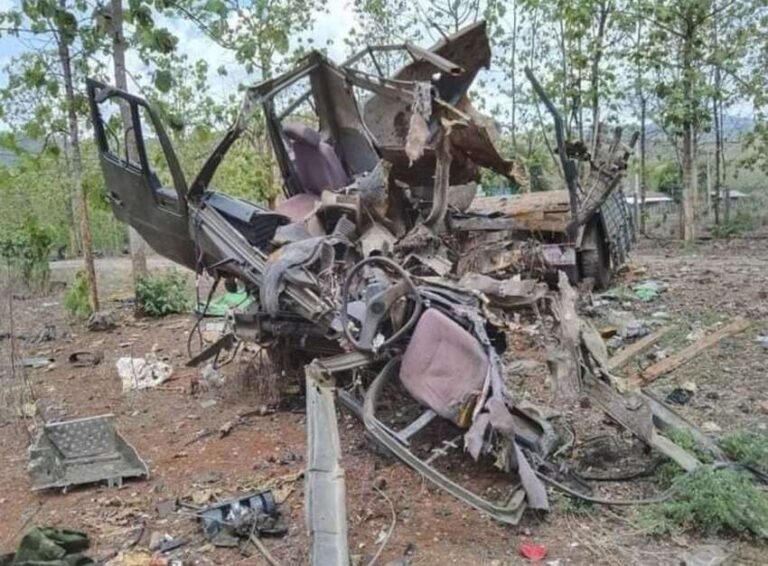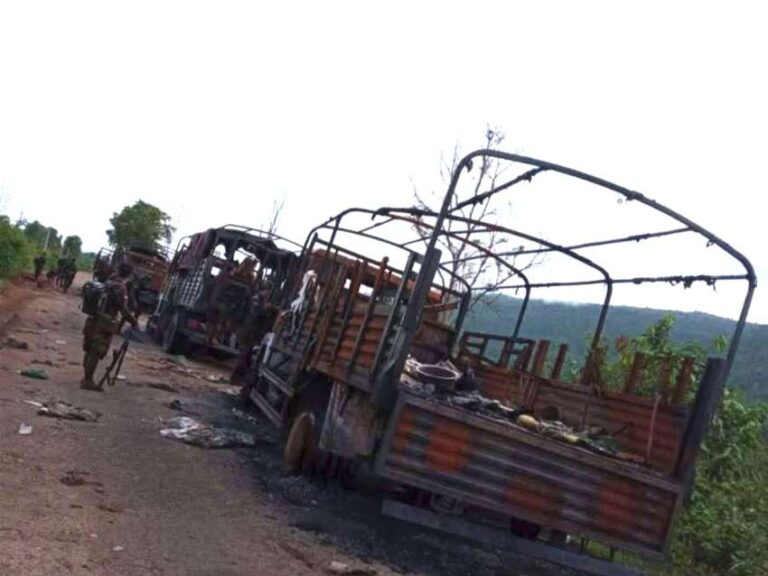
The People’s Defense Forces successfully attacked four military council camps in Bawda village, Paungkong Township, Bago Region, resulting in five military council soldiers killed, three captured alive, and two camps destroyed by fire, according to the intelligence and information officer of PDF Battalion 3601. The battle began at 5:20 AM on August 15, when combined forces from Pyay District Battalion 1 (3601), Pyay District Battalion 2 (3602), and Taungoo District Battalion 1 (3501), operating under Strategy 21, launched an attack on the military council troops stationed at Bawda village checkpoint with a force of 42 personnel.
During the battle, the military council suffered five casualties, three wounded, and three captured. Additionally, after all soldiers from the remaining military camps in Bawda village fled, the resistance forces were able to burn and clear the camps at School Hill Forest and Communications Hill. The operation resulted in the seizure of various weapons and military equipment from the military council forces, including two MA-3 rifles, one MA-11 rifle, one UC rifle, one pistol, 276 rounds of various ammunition, one forward mine, 13 ammunition boxes, one communication radio, four mobile phones, one base station radio, and various other military supplies.
Later that evening around 7 PM, despite no ongoing battle, two military council helicopter gunships from Thayetkon town conducted an airstrike on Kyemchaung village, dropping four 300-pound bombs. This aerial attack resulted in the deaths of six civilians and injuries to five others. Although the military council forces attempted to counter-attack using various heavy and light weapons, the People’s Defense Forces were able to successfully withdraw from the area without suffering any casualties. This operation demonstrates the growing capabilities of resistance forces in challenging military council control in various regions of Myanmar, while also highlighting the military council’s continued use of disproportionate force against civilian populations.



